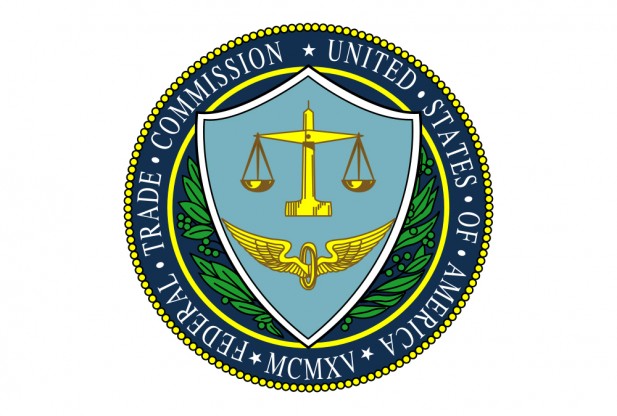The U.S. Federal Trade Commission (FTC) has initiated a formal investigation — requesting detailed disclosures from seven major tech and AI companies — including Alphabet (Google), Meta (and Instagram), OpenAI, xAI, Snap, Character.AI, and others. The focus: how they operate chatbots that act as companions, especially for children and teens.
Key areas of interest include:
- How these companies test, monitor, and address potential harms from chatbot interactions.
- How user input is processed, how responses are generated, and what safety guardrails are in place.
- How chatbots are monetized — user retention, data use, possible incentives for engagement.
- How conversations are used in training, data collection, or product improvement.
- Special concern on how these systems affect young users, both mentally/emotionally (e.g. potential for misinformation, emotional distress, inappropriate content) and physically (safety, privacy).
Why This Is Significant
- Growing Regulatory Pressure
This inquiry marks a clear escalation in oversight. The FTC is no longer only responding after problems; it is proactively demanding transparency and responsibility across the lifecycle of these AI systems. - Child Safety & Emotional Well-Being
Instances of chatbots engaging in harmful behavior (e.g. romantic/sexual conversations with minors, misinformation, content encouraging self-harm) have already drawn lawsuits and public outcry. The FTC is especially focused on that dimension — whether companies have sufficient safety controls, parental oversight, and risk disclosures. - Monetization Accountability
Regulators want to see whether features that encourage engagement (stickiness, conversational depth, personalization) conflict with safety — especially for vulnerable populations. This could bring scrutiny to user retention metrics and business models that reward high interaction. - Legal & Reputational Risk for Companies
Having to respond to FTC inquiries, share internal documents, and demonstrate safety protocols exposes companies to risk. Noncompliance or inadequate safety may lead to future enforcement, fines, or restrictions. Also, reputational harm is possible — consumers increasingly expect transparency and safety in AI.
What to Watch For / Investor Implications
| What to Monitor | Why It Matters |
|---|---|
| Responses & Disclosures from the companies named | This will reveal how mature their safety processes are — what risks they’ve identified, what mitigation is in place. Could affect stock and valuation if gaps are exposed. |
| Changes in Product Behavior or Policy (e.g. new parental controls, limited content for minors, disclaimers) | These changes may require product updates and could reduce engagement or require trade-offs in design. Key for projecting revenue impacts. |
| Litigation or Enforcement | Lawsuits already in motion (e.g., related to teen safety or self-harm) could grow. FTC could escalate to enforcement actions (fines, requirements). Investors should anticipate possible liability or compliance cost rises. |
| User Trust & Brand Risk | Any widely publicized incident (harm, misuse) could damage trust. Companies with better safety reputations may gain market advantage. |
| Regulatory Precedents | What the FTC does here could set precedent globally. Other countries may follow suit with similar inquiries or legislation. That could increase compliance costs for AI companies operating in many places. |
| Impact on Small Players vs. Large Players | Larger companies may absorb compliance costs more easily; startups and smaller players may find the regulatory burden more challenging. Investment risk in younger AI firms may increase. |
Strategic Takeaways
- For Companies: Must audit all companion chatbot applications to ensure safety protocols are robust, especially regarding minors. Getting ahead of regulation is better than reacting later.
- For Investors: Prioritize companies that have demonstrable safety roadmaps, strong ethics/trust signals, transparent policies, and lower exposure to minor-sensitive content (or who are already proactively limiting risk). The premium may shift toward “safe AI” as part of competitive differentiation.
- For Product Designers & Founders: Expect new norms: stricter default settings, parental controls baked in, content filtering, and disclosure requirements. Safety engineering is becoming a core part of product definition, not an afterthought.
Bottom Line
The FTC’s inquiry is more than regulatory noise—it is a signal shift. AI companion chatbots are being treated as products with serious social, psychological, and privacy implications. The expectations are rising: safety, transparency, and ethical design are going to be core, not optional.





